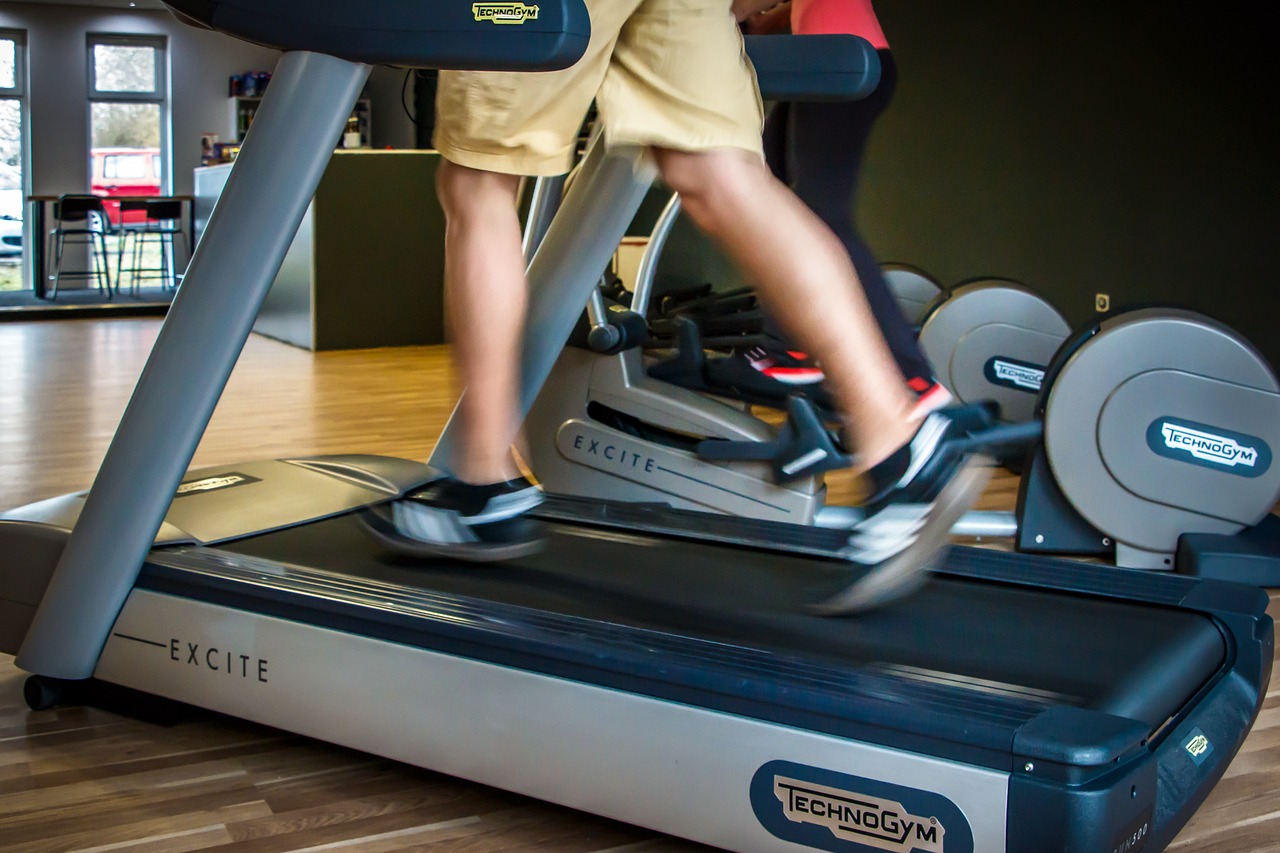
Fat loss is a common goal for many individuals looking to improve their overall health and achieve a leaner physique. When it comes to shedding excess body fat, two popular forms of exercise often come to mind: cardio and weightlifting. Both have their benefits and play crucial roles in a well-rounded fitness routine. In this comprehensive article, we will compare cardio and weightlifting to determine which is more effective for fat loss. By understanding the unique advantages of each type of exercise and how they contribute to fat burning, you can make an informed decision and design a workout program tailored to your goals.
Understanding the Loss of Fat
Before delving into the comparison, it’s important to understand the basics of fat loss. Fat loss occurs when the body burns stored fat as a source of energy. This process is influenced by the balance between energy intake (calories consumed) and energy expenditure (calories burned). To lose fat, you need to create a calorie deficit, which can be achieved by consuming fewer calories, increasing physical activity, or a combination of both. While diet plays a significant role in fat burn, exercise is crucial for enhancing calorie expenditure and promoting the loss of stored fat. Both cardio and weightlifting can contribute to this process, albeit in different ways.
The Role of Cardio
Cardio exercises, also known as aerobic exercises, involve repetitive movements that increase heart rate and elevate oxygen consumption. This type of exercise includes activities like running, cycling, swimming, and brisk walking. Cardiovascular workouts are highly effective for burning calories during the exercise session, as they increase energy expenditure and fat oxidation. When performed consistently and at an appropriate intensity, cardio exercises can create a significant calorie deficit, leading to fat loss over time. Additionally, cardio workouts have been shown to improve cardiovascular health, boost endurance, and increase overall stamina.
The Role of Weightlifting
Weightlifting, or resistance training, involves using external resistance, such as dumbbells, barbells, or resistance machines, to challenge and strengthen muscles. While weightlifting may not burn as many calories during the exercise session compared to cardio, it plays a crucial role in fat loss by increasing lean muscle mass. Building muscle mass is essential for fat loss because muscle tissue is metabolically active and burns more calories at rest compared to fat tissue. With weightlifting, you can boost your metabolism, increase the number of calories burned throughout the day, and enhance fat oxidation.
Comparing Cardio and Weightlifting for Fat Loss
When it comes to fat loss, both cardio, and weightlifting have their advantages. Cardio exercises are effective for burning calories during the workout, leading to immediate energy expenditure and fat burning. They are also accessible and can be performed in various forms to suit individual preferences and fitness levels. However, cardio exercises primarily focus on calorie burning during the activity and have minimal impact on increasing lean muscle mass.
On the other hand, weightlifting has the advantage of increasing lean muscle mass, which plays a crucial role in long-term fat burn. As you build muscle, your resting metabolic rate increases, resulting in more calories burned throughout the day, even at rest. Weightlifting also enhances body composition by shaping and toning muscles, giving you a more defined and sculpted appearance.
Optimal Fat Loss Strategy: Combining Cardio and Weightlifting
To maximize fat loss and overall body composition, a combination of both cardio and weightlifting is recommended. This approach capitalizes on the advantages of each type of exercise, creating a comprehensive and well-rounded workout routine. By combining cardiovascular exercises to burn calories and fat during workouts with weightlifting to increase lean muscle mass and metabolic rate, you create a powerful fat-burning effect.
Incorporate both cardio and weightlifting into your fitness routine by alternating between days dedicated to each type of exercise or combining them in the same session. For example, you can start with a cardiovascular warm-up, followed by a weightlifting circuit, and end with a cardio finisher. This way, you enjoy the benefits of cardiovascular endurance, calorie burning, and muscle-building, all of which contribute to an effective fat burn strategy.
Final Word
When it comes to fat loss, both cardio, and weightlifting are valuable tools in your fitness arsenal. Cardio exercises burn calories during the workout and improve cardiovascular health, while weightlifting enhances lean muscle mass, metabolic rate, and overall body composition. To achieve optimal fat burn, it is recommended to combine both forms of exercise into a well-rounded fitness routine. By striking a balance between calorie-burning cardio sessions and muscle-building weightlifting workouts, you can maximize fat burn, improve your physique, and enjoy the numerous benefits of a healthy and active lifestyle.








